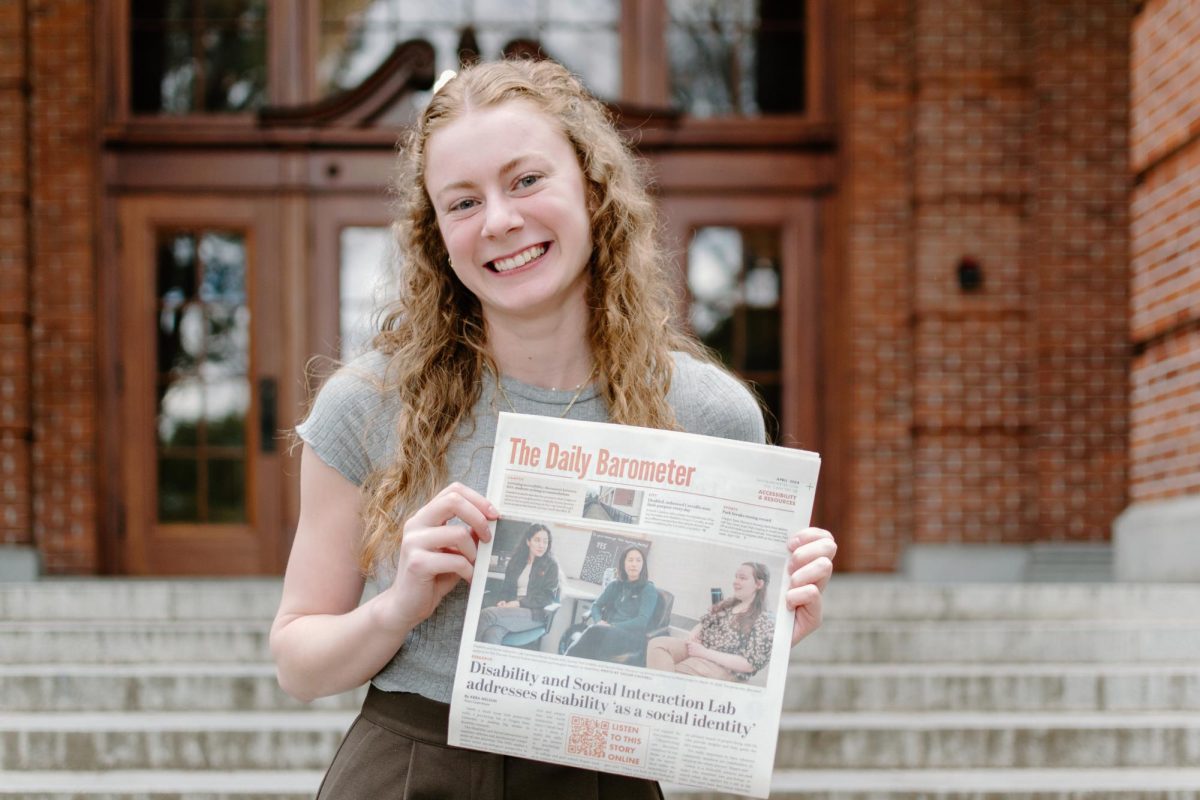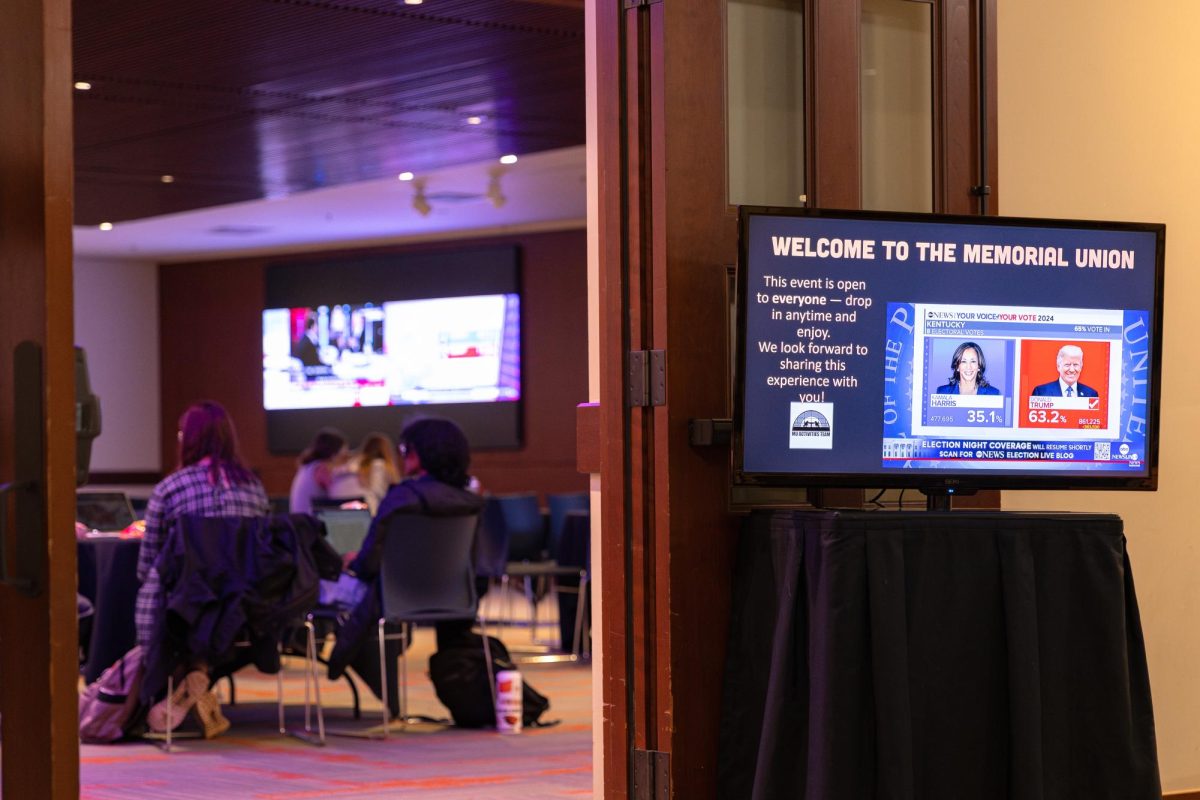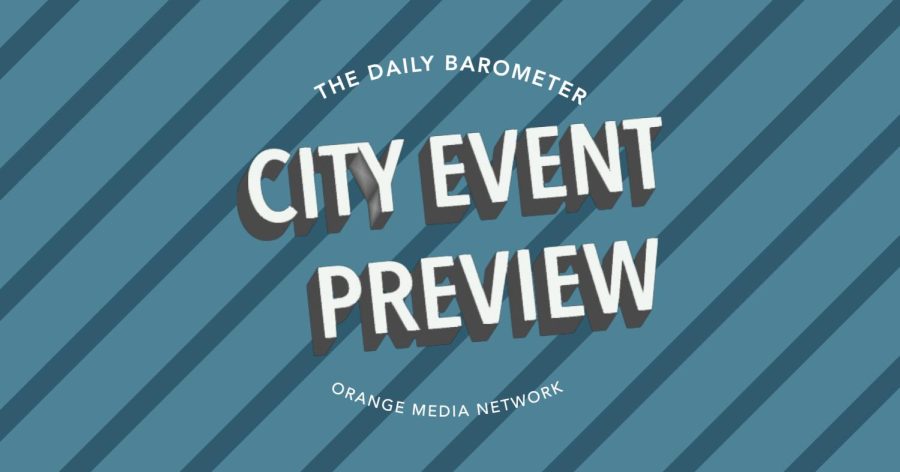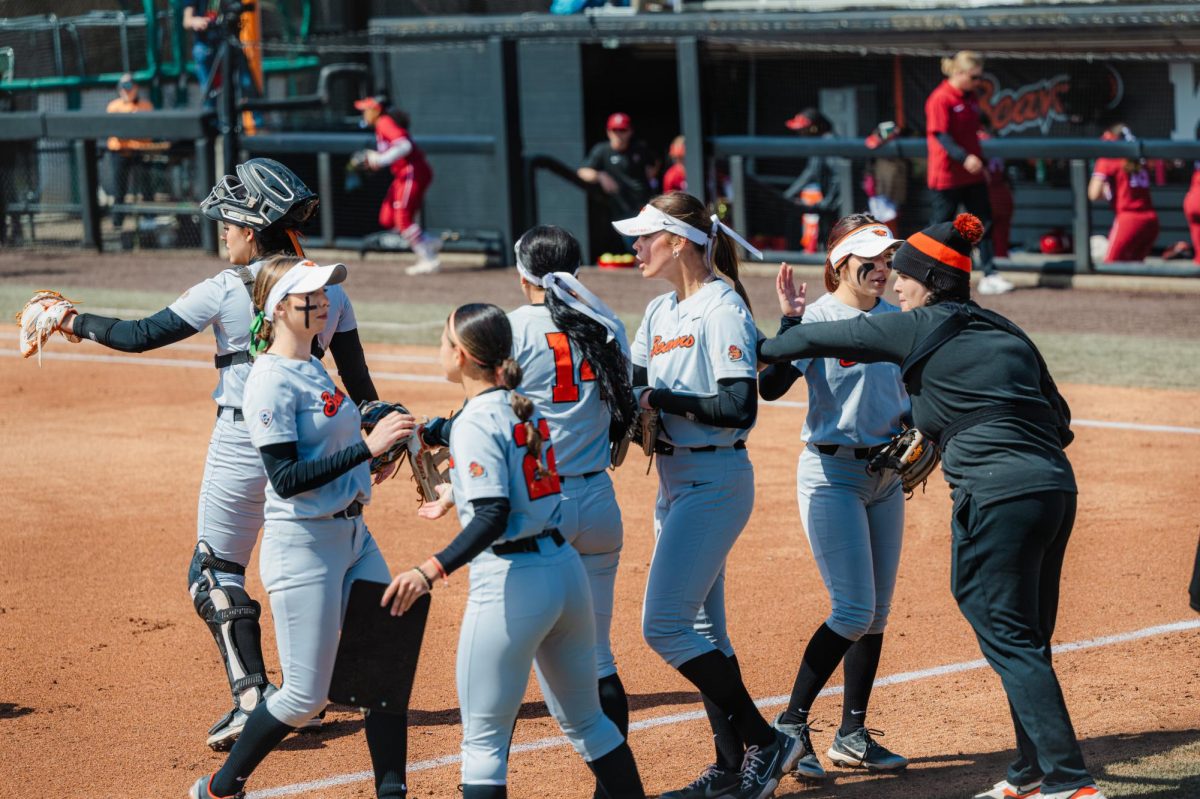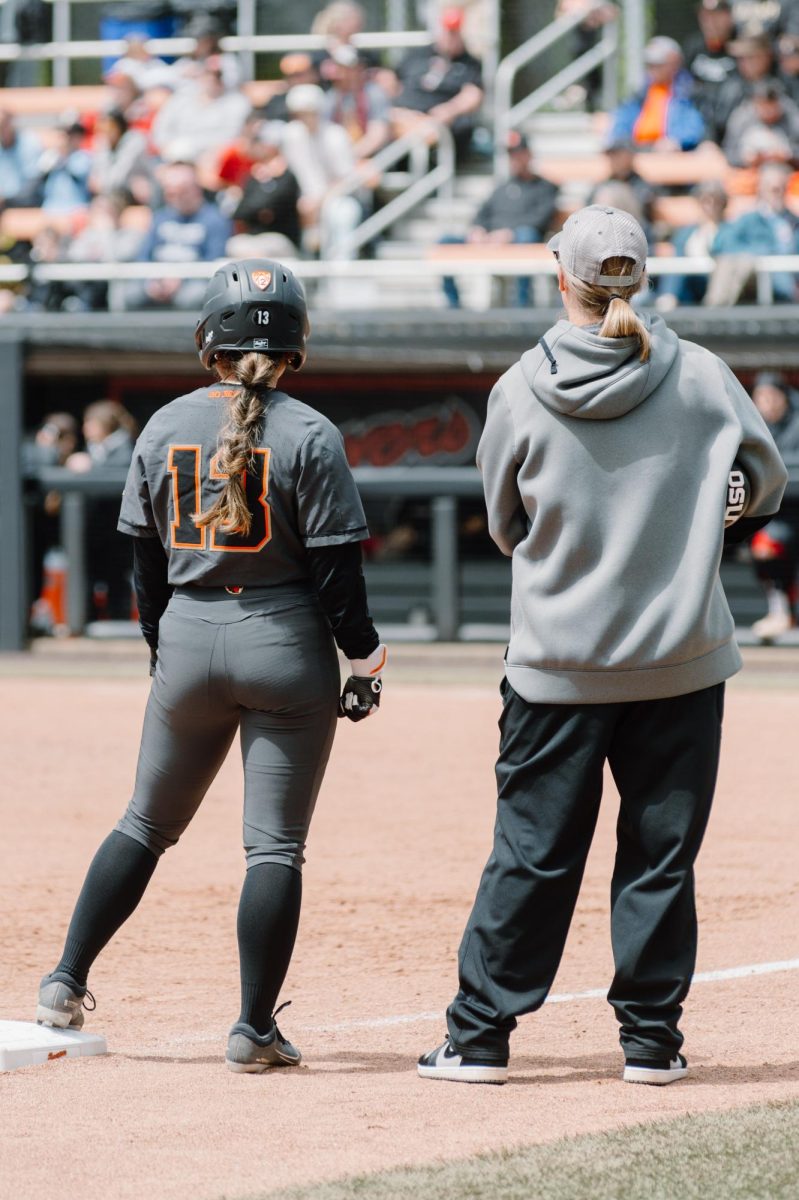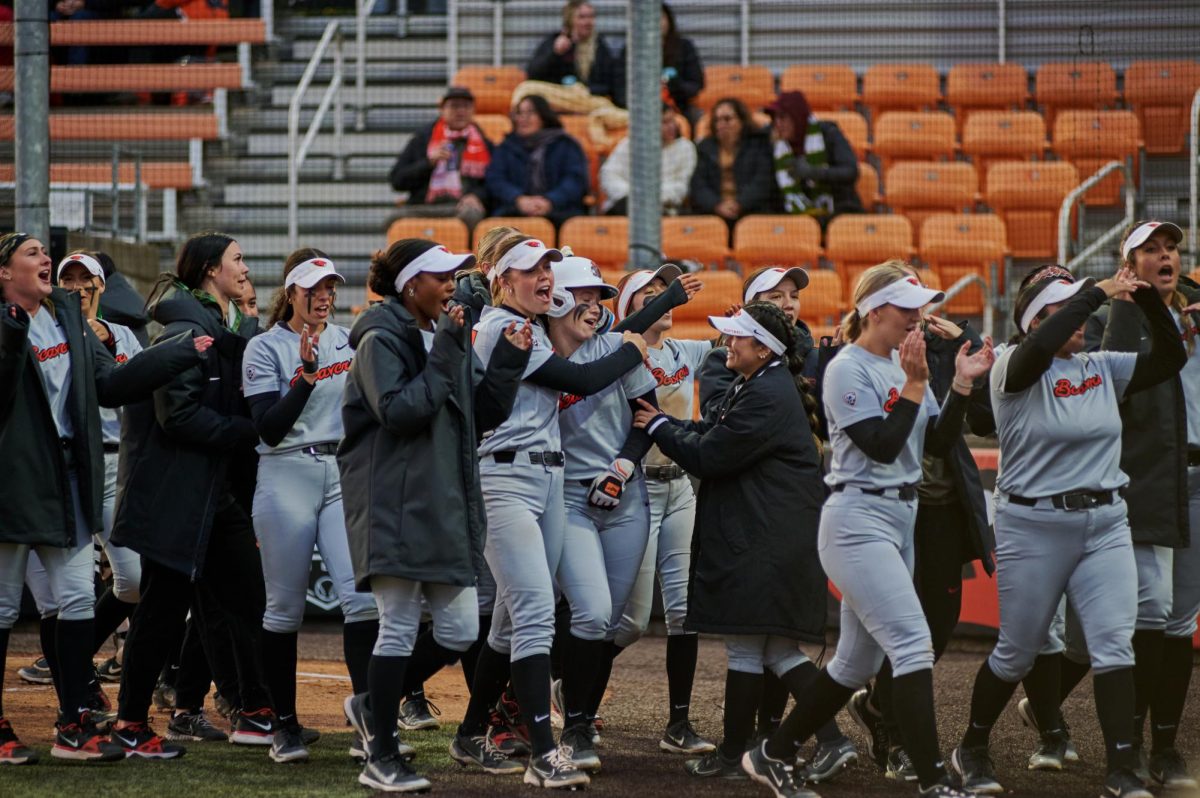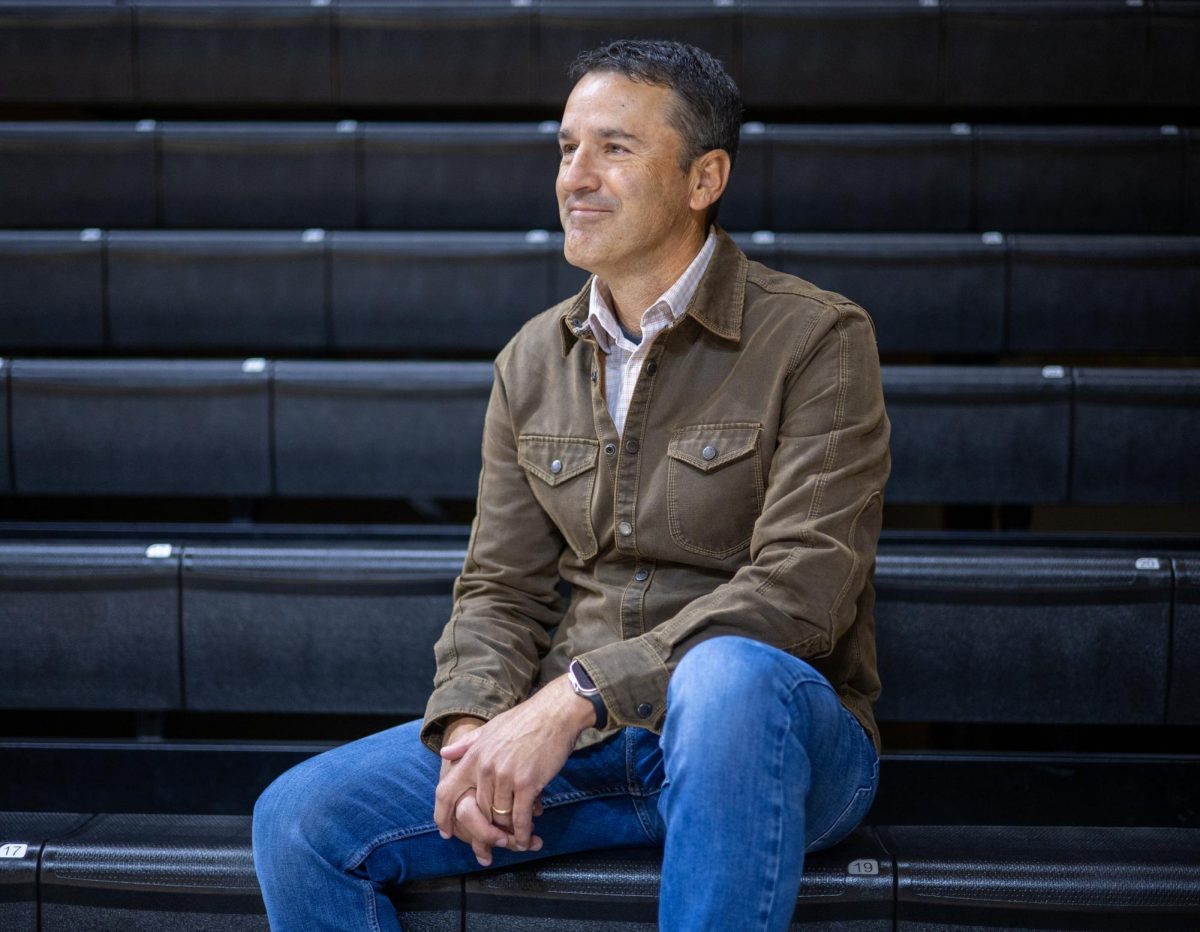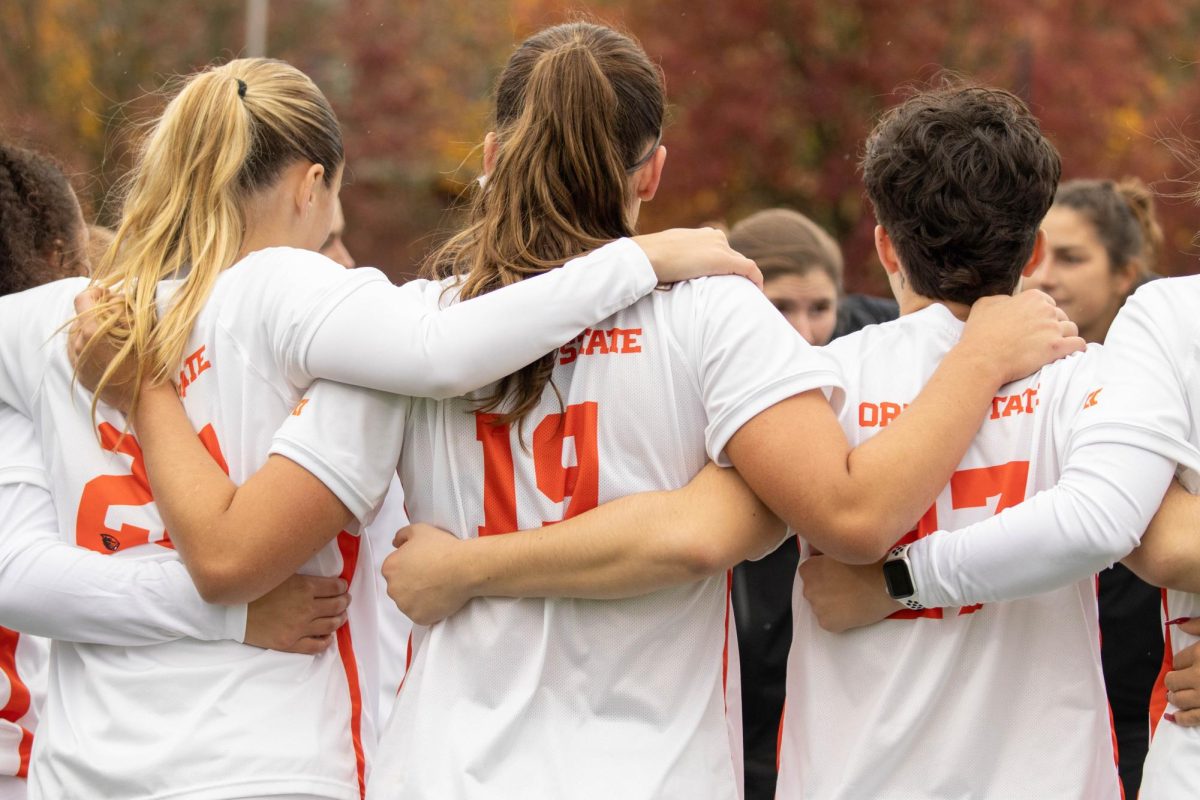OSU alcohol, other drug prevention specialist says ‘We have work to do’ with cannabis education
August 30, 2021
As Oregon State University’s alcohol and other drug prevention specialist, Nikia Braxton-Franklin is working to improve the public health of the community through support and education regarding substance use, with a focus on cannabis.
Braxton-Franklin is now entering her fourth year working for the OSU Department of Prevention and Wellness within Student Health Services. She said she strives to serve as a voice for all students, and is intentional with Black, Indigenous and People of Color on campus.
“Specifically, I organized an event for BIPOC students evolved around high-risk drinking prevention, successfully relaunched a social norms campaign with athletes, assisted with the creation and launch of the Higher Awareness cannabis education program, worked with student leaders to get a prescription medication drop box on campus and obtained grant funding for various new initiatives coming down the pipeline for the OSU campus,” Braxton-Franklin explained.
Before her career began at OSU, Braxton-Franklin was born and raised in inner-city Portland, Ore. After graduating from Benson High School in 1993, she moved on to attend OSU with a full-ride scholarship.
While earning her honors Bachelor of Science degree, Braxton-Franklin was involved with the Educational Opportunities Program, the Black Student Union, the Beta Psi chapter of Delta Sigma Theta Sorority, Inc. and more, all while raising her first son DeMarco.
After graduating in 1998, Braxton-Franklin went on to earn her Master of Public Health degree at Emory University in Atlanta, Ga. after giving birth to her second child, Destiny. A year later, Braxton-Franklin had another son, Dominic, which led to a two-decade-long career at Emory University.
“After spending nearly 20 years away from family and friends, I decided to return home,” Braxton-Franklin said in an email. “There was no doubt in my mind that I would give back to the university that helped to provide me with the tools and support to excel in life. Subsequently, my daughter was accepted into OSU the fall of 2018, and we marched on the campus to start a new chapter for our lives.”
In 2018, the loss of Braxton-Franklin’s youngest child during a basketball game renewed her dedication to public health.
“As a result, I have engulfed myself into the lives of OSU’s African American students, in particular Black athletes in honor of my son, Dominic Franklin,” Braxton-Franklin said.
As the SHS alcohol and other drug prevention specialist, Braxton-Franklin has worked on campaigns which offer programming concerning education and prevention for substance use.
The Social Norms Clarification Campaign, according to Student Health Services’ 2020 biennial review, is a movement effort with OSU SHS and OSU’s Intercollegiate Athletics Department which seeks “to dismantle college students’ beliefs to align with the reality of the majority of their peers’ consumption behaviors.”
The Higher Awareness Campaign involves a collaboration between OSU SHS, the local health department, local law enforcement and the OSU Alcohol and Other Drugs Prevention Unit. As part of the campaign, print media was used to inform students about the health effects, local laws and resources related to cannabis. One of these resources is the Joan and Tom Skoro Collegiate Recovery Community, which seeks to help students in recovery with recreational events, skill-building and educational programs involving personal and professional development opportunities.
To continue work with the Higher Awareness Campaign, Braxton-Franklin has recently been selected for a one-year fellowship called the Public Health-Train in Place Program through the United States Centers for Disease Control and Prevention. Braxton-Franklin said this opportunity will give her the ability to improve and advance the campaign’s policy, programming and evaluation.
Within the university and Corvallis community, Braxton-Franklin is interested in removing the word “marijuana” from policies and educational materials that focus on cannabis.
Though Braxton-Franklin had been working in public health for almost 20 years before coming to OSU, she said she was new to the world of work with alcohol and other drugs. After doing extensive research on alcohol, cannabis and other drugs, as well as attending national conferences on the subject, Braxton-Franklin began to think of substance use through a social justice lens.
Braxton-Franklin said changing the language is only the first step in advocating for communities disproportionately affected by the war on drugs—a U.S. led global campaign to stop illegal drug use and distribution—and addressing the injustices those individuals face.
“The term ‘marijuana’ causes harm and further oppresses already vulnerable community members,” Braxton-Franklin said. “As laws regarding cannabis shift, there’s an opportunity for language to shift as well.”
The history of the word “marijuana” began in the early twentieth century, according to an article from National Public Radio’s Code Switch. Previously, the word “cannabis” was universally utilized by news organizations and medical journals. It wasn’t until anti-cannabis factions began using “marijuana” to push a narrative about the drug’s “Mexican-ness” that the term became popular.
According to an article from the U.S. National Library of Medicine, the weaponization of the word continued into the 1930s when Harry Anslinger was appointed as the first director of the U.S. Federal Bureau of Narcotics.
During a prohibition campaign, Anslinger was quoted as saying that “There are 100,000 total marijuana smokers in the U.S., and most are Negroes, Hispanics, Filipinos and entertainers.”
Anslinger used the term “marijuana,” according to the NLM article, “to tie the drug to anti-Mexican prejudice.” He also told the public that cannabis led men to become violent and women to become sexually promiscuous.
In 1937, Anslinger helped establish the Controlled Substance Act, classifying cannabis as a Schedule I drug, above cocaine and methamphetamine. H.R. 365 or the Marijuana 1-to-3 Act of 2021 would move cannabis from Schedule I to Schedule III under the CSA. The Act is currently pending before Congress, according to the National Law Review.
The Nixon administration had the intent of prohibiting cannabis on the federal level, like Anslinger, and former President Nixon created a commission under the chairmanship of then Republican Governor of Pennsylvania Raymond Shafer to “establish the dangers of cannabis,” the NLM article pointed out. The Nixon tapes revealed this action was directed specifically at African Americans and the anti-war movement.
A senior advisor to Nixon, John Elrichman, was later quoted to have said, “We knew we couldn’t make it illegal to be either against the war or Black, but by getting the public to associate the hippies with marijuana and Blacks with heroin, and then criminalizing both heavily, we could disrupt those communities.”
According to data from the American Civil Liberties Union, between 2001 and 2010, though Black and white individuals in the U.S. use cannabis at about the same rate, Black people were nearly four times more likely than white people to be arrested for possession of the drug.
Braxton-Franklin said along with changing the language, she would like to advocate for expungement programs for cannabis possession convictions and community programs. This work would also include social equity programs, which would ensure communities of color would have priority access to recreational cannabis licenses.
Considering the history of racism and prejudice which surrounds the word “marijuana,” Braxton-Franklin seeks first to alter the language used when discussing cannabis to limit the harm done to marginalized communities.
“Incarcerations related to marijuana have devastated these marginalized communities, leading to numerous public health concerns,” Braxton-Franklin said. “The xenophobic law established in 1937 by Harry Anslinger still remains today. We are overdue for change. We have work to do!”

